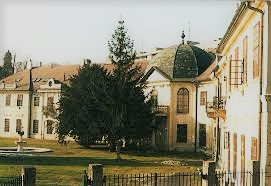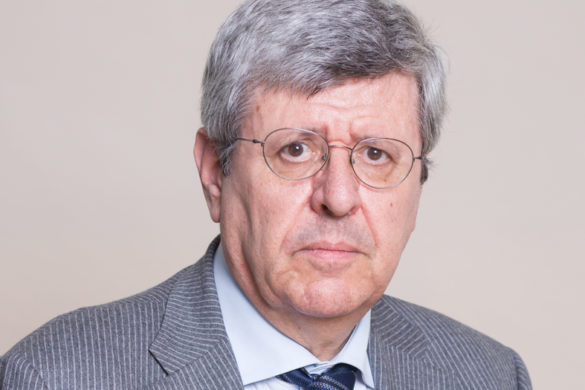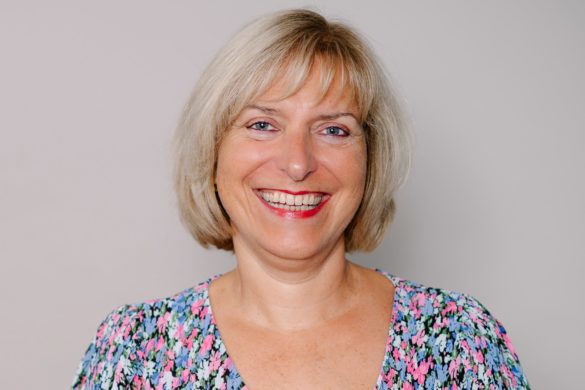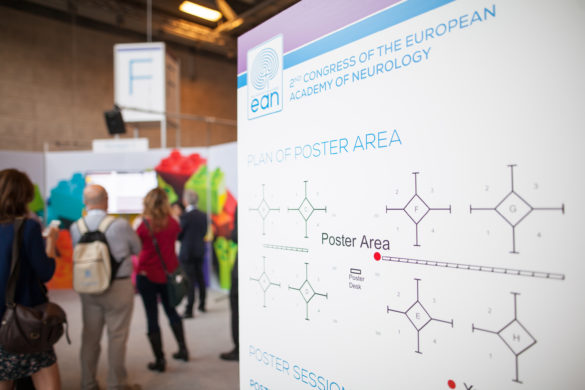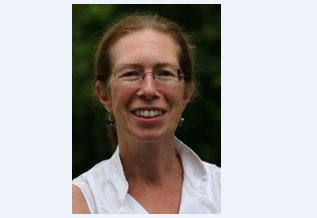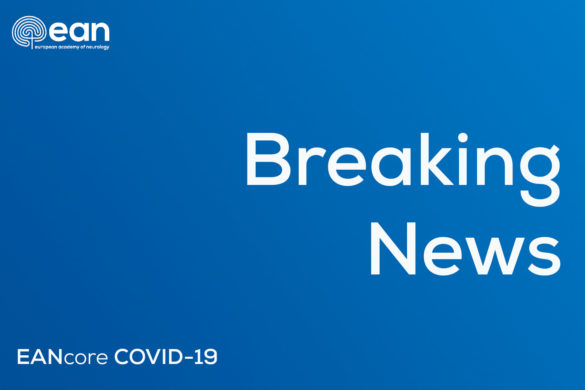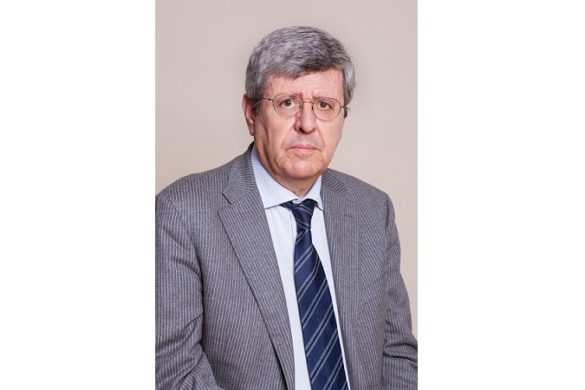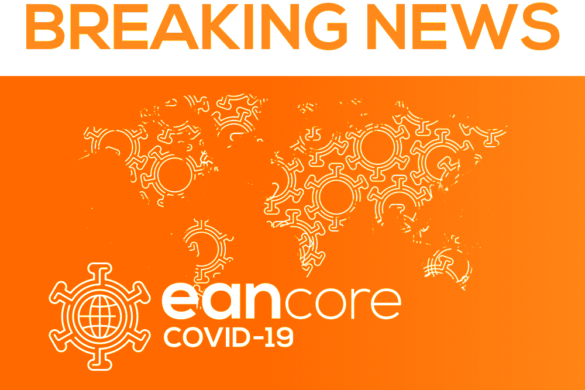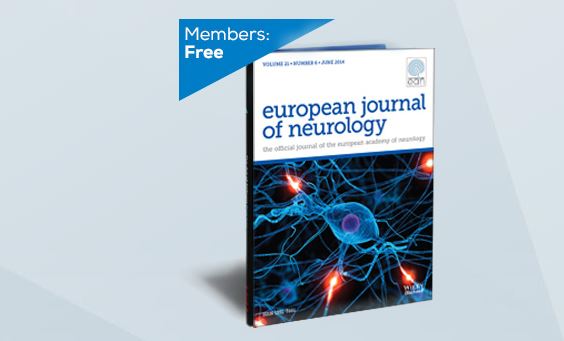Slovakia, officially the Slovak Republic, is a country in Central Europe. The total area of the Slovak territory is 49 036 km2 and is mostly mountainous. The population is over 5 million. The capital and largest city is Bratislava. However, the Slovak Republic is a young state (established on January 1st, 1993, by the split of Czechoslovakia), indeed it is an old country with rich historical heritage.
The oldest university in the Slovak Republic is the Comenius University in Bratislava. It was founded in 1919, and follows the university tradition of the Academia Istropolitana, which was established in Bratislava by Matthias Corvinus, the Hungarian King, in 1465. The oldest faculty of the Comenius University is the Faculty of Medicine, which began operating immediately after the establishment of the university. At present, there are four Faculties of Medicine in Slovakia (the Faculty of Medicine of the Comenius University in Bratislava and in Martin, the Faculty of Medicine of the Pavol Jozef Šafárik University in Košice and the Faculty of Medicine of the Slovak Medical University in Bratislava) with a total of approximately 6 300 students of medicine. With the Comenius University and the Faculty of Medicine the first university department of psychiatry and neurology in Slovakia was established in 1919. This department started to develop neurology in Slovakia and train the first neurologists.
Separate neurological departments have been constituted in Slovakia since 1945 (Martin, Košice, Bratislava being the first). At present, we have five neurological departments in university hospitals and 48 neurological departments in throughout various hospitals. Neurological departments in university hospitals provide standard neurological care for the surrounding region and highly specialized medical care by specialized personnel and state of the art technical equipment for all of Slovakia.
During the fifties of the last century the Slovak Neurological Society was constituted by the splitting of the Czechoslovak Society of Neuropsychiatry to separate societies for neurologists and psychiatrists. Now our society is an associated member of the Slovak Medical Association and has around 560 members.
Nowadays, major attention is paid to improve the organization of acute and subsequent care of stroke patients. Slovakia is the country with moderate stroke incidence (224/100 000 inhabitants) and mortality. Stroke patients are treated in Slovakia according to the European Recommendations. In 2017, the network of 43 primary and 8 secondary centres for acute treatment was established in collaboration with the Ministry of Health. In Slovakia, the number of patients treated with thrombolysis has a rising tendency. In 2017, with rt-PA, nearly 20% of patients with acute ischemic stroke were treated. As for other countries, also for Slovakia the target of door-to-needle time (DNT) is 20 minutes, today it is 35 minutes, in some hospitals less than 20 minutes. This has been achieved thanks to improved collaboration with the rescue service as well as by administration of thrombolysis directly in the CT department.
Since 2017, all patients with acute stroke undergo CT AG and when large-vessel occlusion is confirmed, they are immediately transported for thrombectomy. Endovascular treatment of cerebral arteries pathologies started in the University Hospital in Martin in 2003 and then spread to other regions, now being provided in 8 centres around Slovakia.
Other key elements of care are systemic screening and management of swallowing disorders, early mobilization and rehabilitation and secondary prevention, especially in patients with atrial fibrillation. To improve prehospital care, nationwide stroke awareness campaigns, supported by the patient´s stroke organization, are carried out to educate the public. Since 2016 Slovakia collaborate with Angels initiative of European Stroke Organization and 10 hospitals were awarded, based on the achievement of specified quality criteria.
Additionally, we are active in Parkinson’s disease and movement disorders with the most active centres in Bratislava, Košice and Martin. These centres offer all the currently available multidisciplinary treatment options including DBS and pump therapies for Parkinson’s disease and dystonia. The centre in Košice is also very active in differential diagnosis of rare genetic movement disorders.
In Slovakia treatment of multiple sclerosis with new disease modifying therapies is concentrated in 11 specialized centres. All new therapies approved by EMA are available in Slovakia. They are fully covered by health insurance.
Slovakia is characterized by the highest number of patients affected by genetic Creutzfeldt-Jakob disease with E200K mutation at the PRNP gene (64,5 %). Penetration of the mutation is 60 %. This affords challenge to our neuroscientists.
Institutionalized education in neurology has long tradition in Slovakia. During the 1953-57 period, the Institute for Postgraduate Medical Education with the department of neurology was established, which provided education in neurology for the whole country of Slovakia. Since 2000, this specialized training has been available in all the Faculties of Medicine in Slovakia. To become a neurologist in Slovakia, one should first complete the medicine program at a faculty of medicine and obtain the degree of MUDr. (Medicinae Universae Doctor), or comparable education in other countries accepted by the Ministry of Education, Science, Research and Sport of the Slovak Republic. Afterwards one must accomplish specialized training in neurology for a minimum of five years and pass the state exam.

